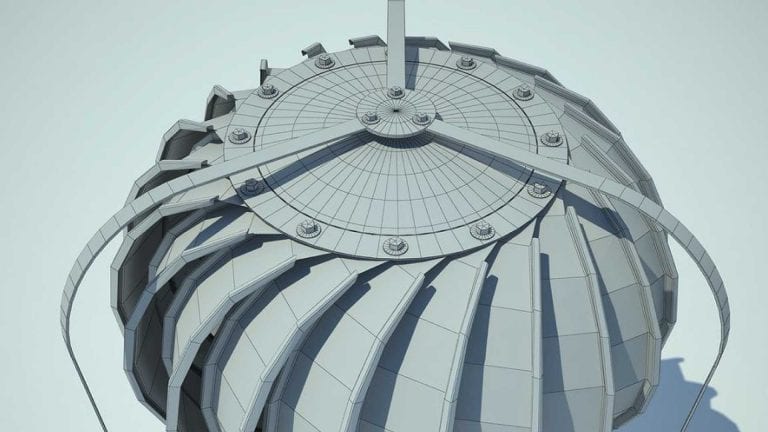Buy Commercial Rainheads for Proper Roof Drainage – Call Now
Buy Rainheads and Dambuster Rainheads – 1-300-564-612
Buy Custom Rainheads & Dambusters – Buy Online Now >
Rainwater management is a critical aspect of building design and construction in Australia, a country known for its varied climates and unpredictable weather patterns. This guide covers a broad range of topics related to rainheads, sump systems, and roof drainage. We will discuss the rules for rainhead overflow, explain the difference between a sump and a rainhead, and explore the standards and best practices for rainwater management in Australia.
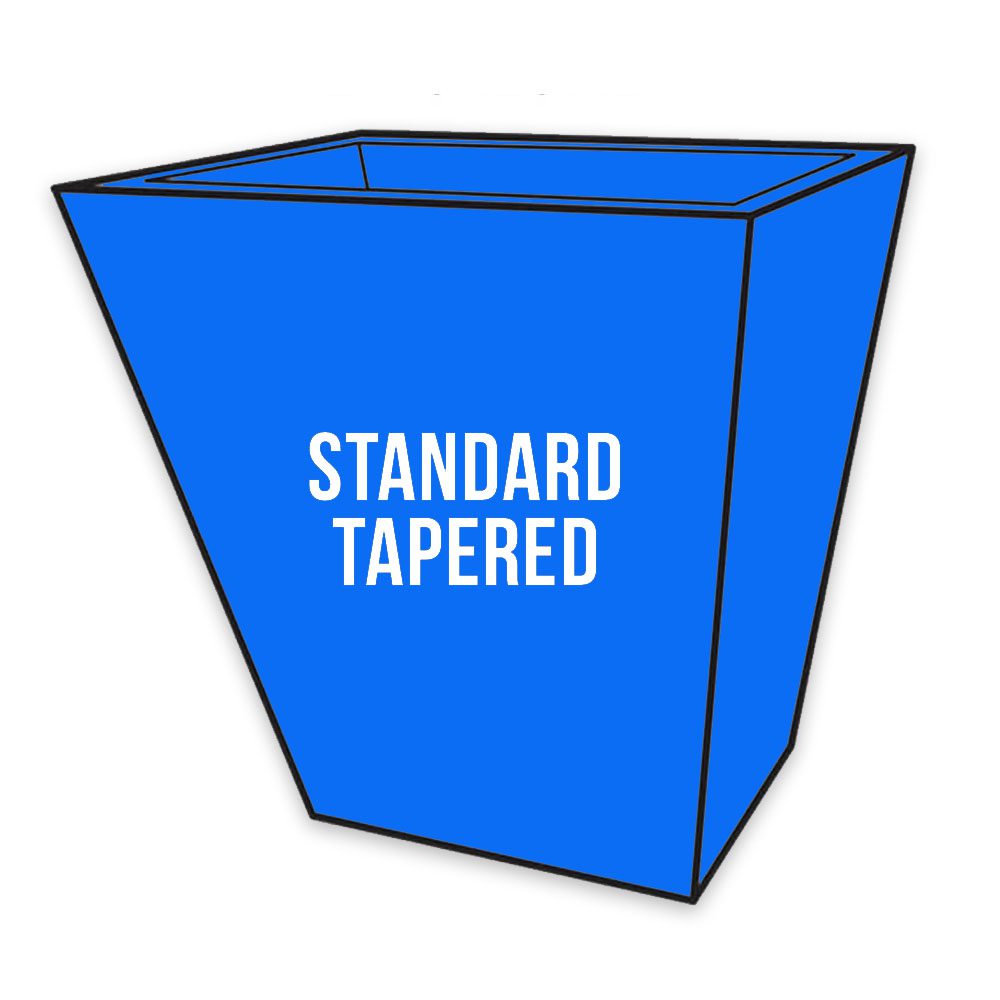
What is a Rainhead?
A rainhead, also known as a rainwater head or box head, is a container or collection point at the top of a downpipe in a drainage system. It acts as an overflow control mechanism and a buffer to prevent gutters from overflowing. Rainheads are typically found in commercial buildings, large residential structures, and buildings with complex roof drainage systems.
Purpose of a Rainhead
The primary purpose of a rainhead is to control overflow and manage water flow in a roof drainage system. It collects rainwater from gutters and directs it into the downpipe, reducing the risk of water damage to the building. Rainheads also prevent backflow into gutters and reduce the likelihood of gutter collapse due to heavy rain or blockages.

Sump vs. Rainhead
A sump is a pit or reservoir designed to collect and drain water. In roofing, a sump is typically used in conjunction with a box gutter to facilitate water drainage. The primary difference between a sump and a rainhead is that a rainhead is installed at the top of a downpipe, while a sump is located at the end of a box gutter, collecting water for further drainage.
Rainheads with Integrated Sumps
Some rainheads come with integrated sumps, offering additional water management and overflow protection. These integrated systems are particularly useful for buildings with complex drainage needs or in regions with heavy rainfall.
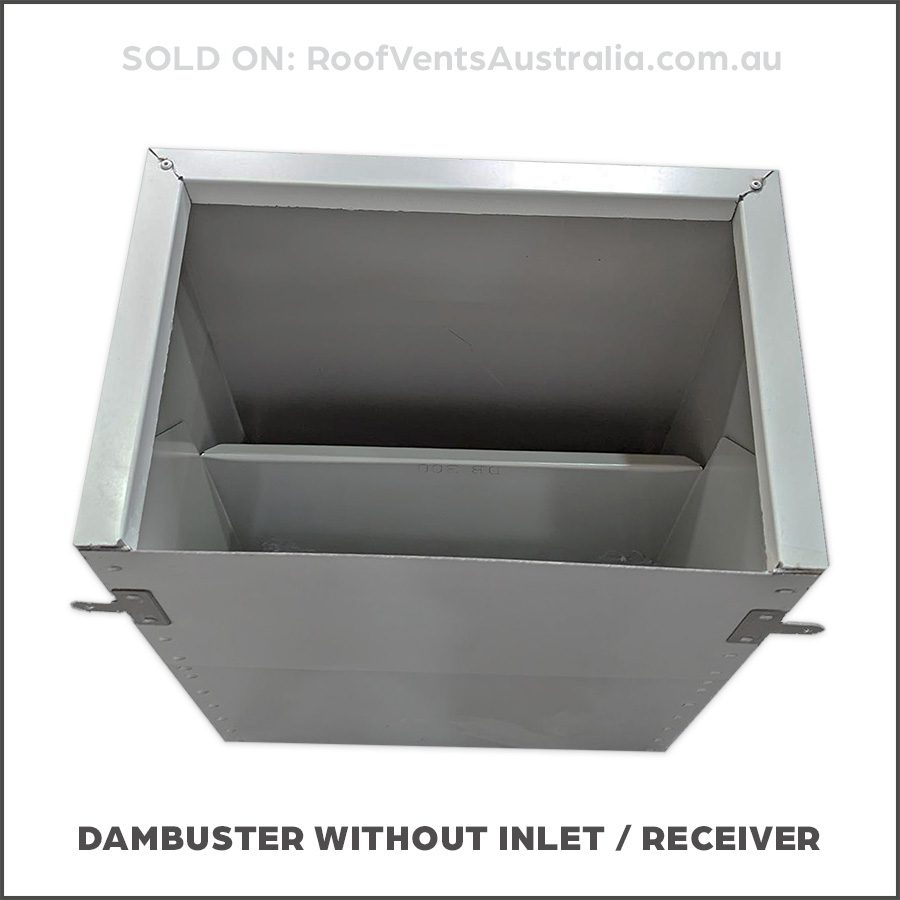
Rainhead Overflow Rules
In Australia, rainhead overflow rules are governed by local building codes and standards. Rainheads must be designed to handle the expected rainfall volume, and they should have overflow protection mechanisms to prevent water from backing up into gutters. The specific requirements vary depending on the building’s location, size, and roof design.
Sizing a Rainhead
To size a rainhead, you need to consider several factors, including the roof area, expected rainfall intensity, and drainage system capacity. The following steps outline the process for sizing a rainhead:
- Calculate Roof Area: Measure the roof’s length and width to determine its surface area. If the roof has multiple sections or slopes, calculate the area for each section separately and then add them together.
- Estimate Rainfall Intensity: Refer to local rainfall data to estimate the expected rainfall intensity in your area. This information is typically provided by local weather agencies or building codes.
- Calculate Drainage Capacity: Determine the capacity of the downpipes and gutters. This involves calculating the cross-sectional area and the flow rate for each component of the drainage system.
- Select a Rainhead Size: Choose a rainhead size that can accommodate the expected water flow. A general rule of thumb is to select a rainhead with a capacity at least 25% greater than the expected flow rate to allow for overflow protection.
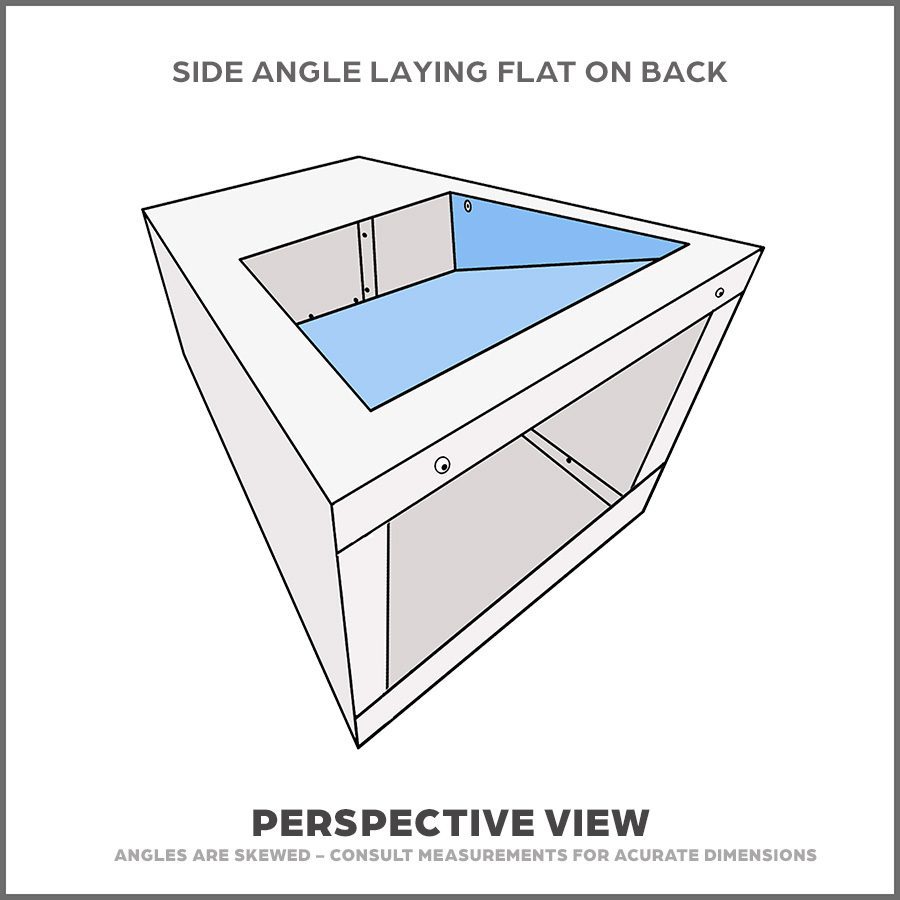
Roof Rainwater Calculation
To calculate the rainwater collection from a roof, use the following formula:
[ \text{Rainwater Volume (litres)} = \text{Roof Area (m}^2\text{)} \times \text{Rainfall Intensity (mm)} \times 1 \text{ litre/mm} ]
This formula provides an estimate of the volume of rainwater collected for a given roof area and rainfall intensity. It can be used to assess the capacity of a rainhead and other drainage components.
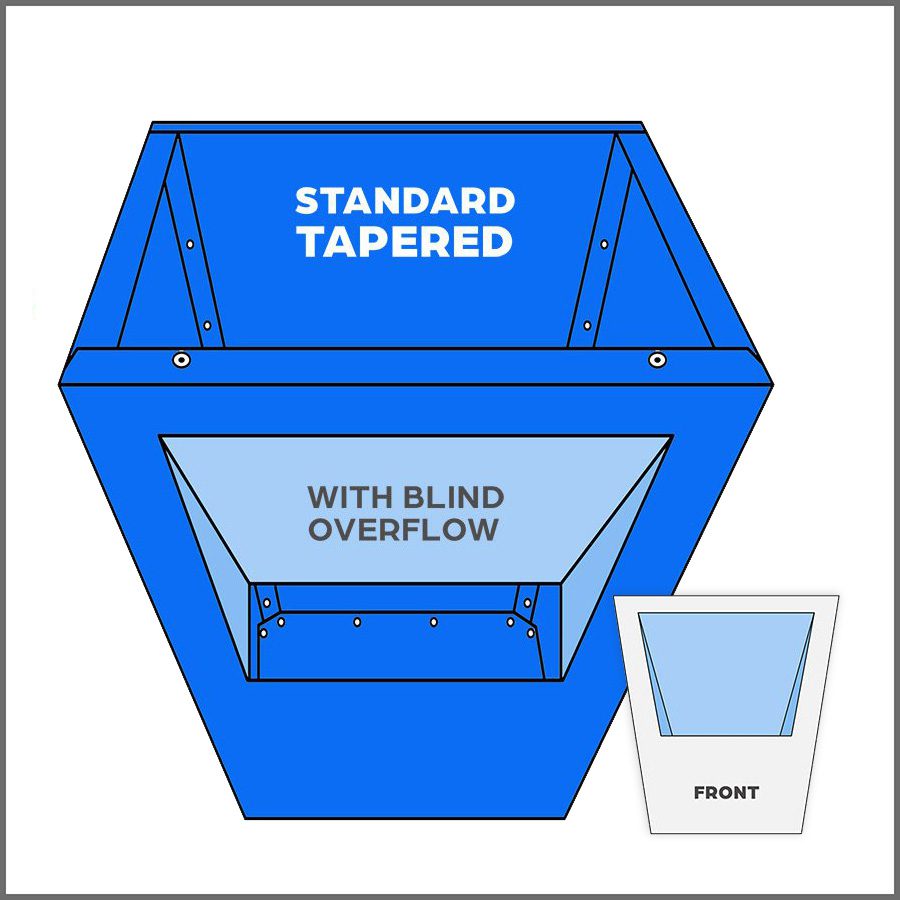
Roof Drainage Systems and Installation
When installing a rainhead, follow these steps for proper installation:
- Positioning: Install the rainhead at the highest point of the downpipe, allowing gravity to facilitate water flow.
- Secure Mounting: Ensure the rainhead is securely mounted to prevent movement or dislodgement during heavy rainfall.
- Overflow Protection: Check that the rainhead has overflow protection mechanisms to prevent water from backing up into the gutters.
- Drainage Slope: Maintain the appropriate drainage slope in gutters and downpipes to ensure proper water flow. In Australia, the minimum roof drainage slope is typically 1:100, but this may vary depending on local regulations.
- Gutter Brackets: Ensure gutter brackets are installed at the correct intervals. In Australia, gutter brackets are typically spaced between 600 mm and 900 mm apart, depending on the type of gutter and building design.
- Minimum Depth of Box Gutters: The minimum depth of box gutters in Australia is generally 200 mm, though this can vary based on building design and local regulations.
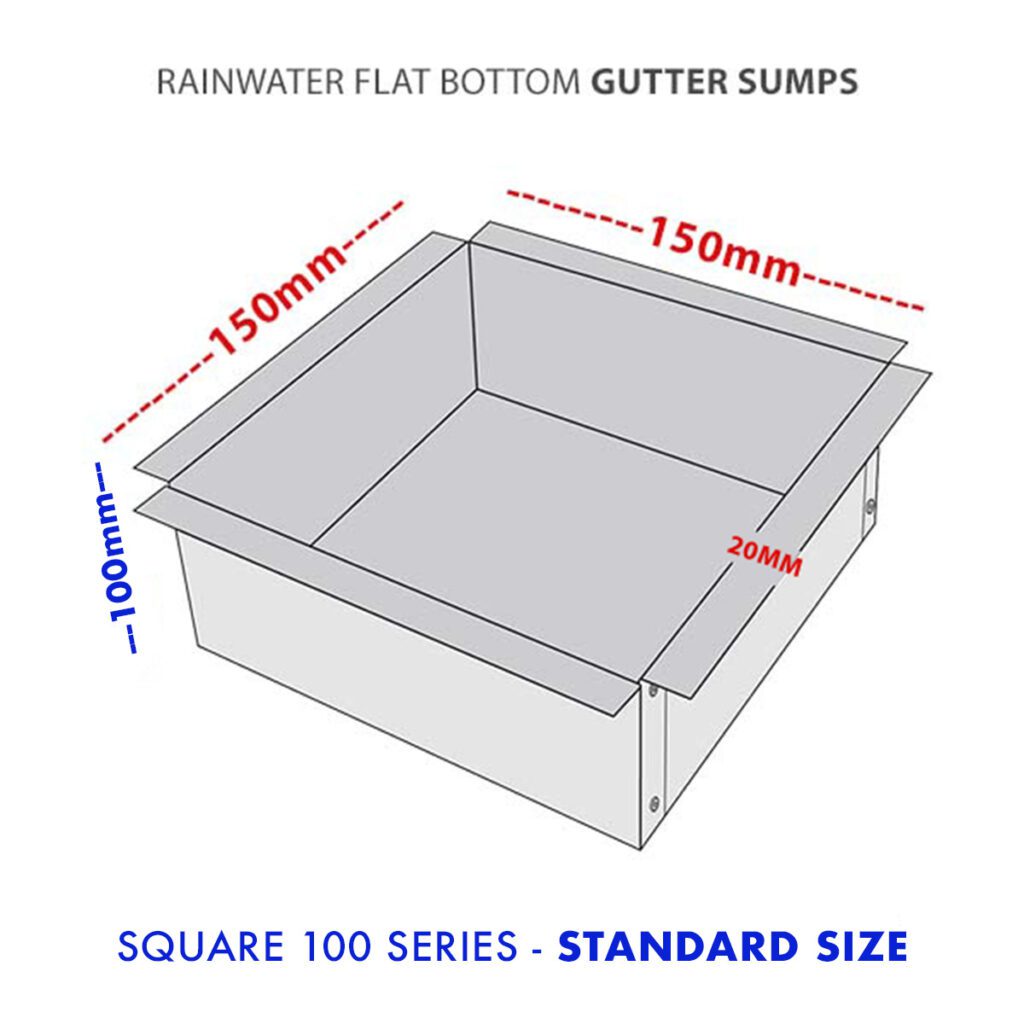
Roof Pitch and Roof Area Calculation
The standard roof pitch in Australia is typically between 18 and 30 degrees, but this can vary depending on the building type and architectural design. The minimum roof pitch in Australia is generally 10 degrees, with exceptions for specific building designs.
To calculate the roof area, use the following formula:
[ \text{Roof Area (m}^2\text{)} = \text{Roof Length} \times \text{Roof Width} \times \text{Cosine(Roof Pitch)} ]
This formula accounts for the roof pitch to provide an accurate estimate of the roof’s surface area.
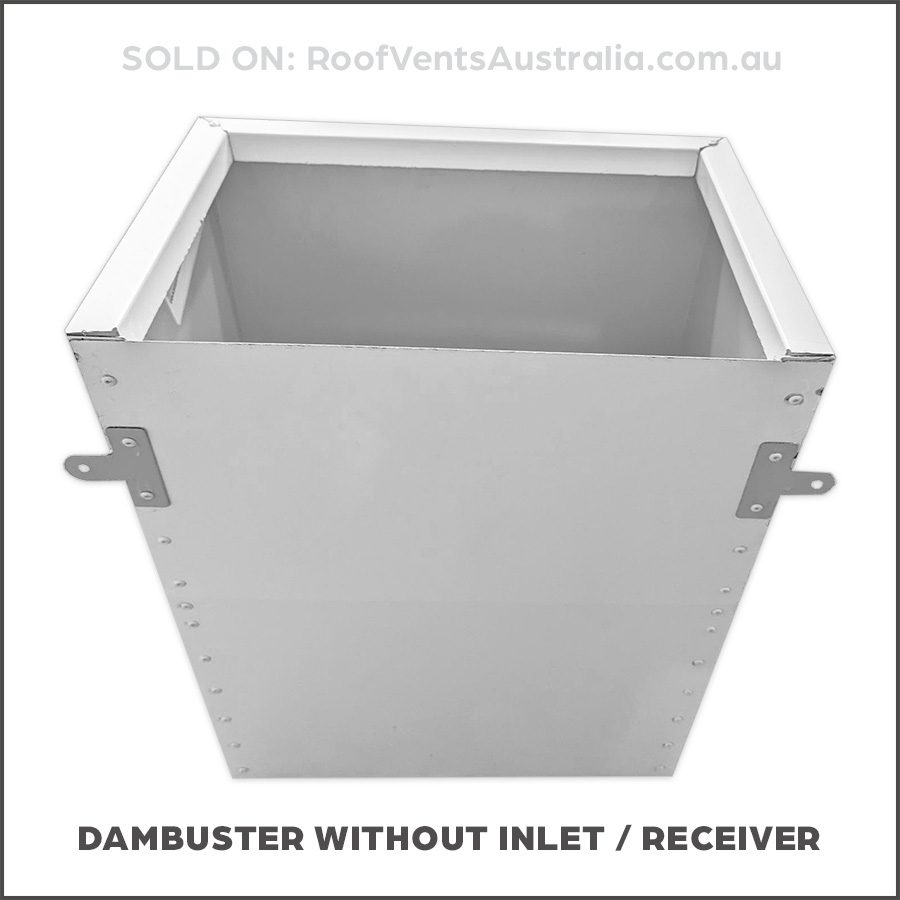
Rainhead Maintenance and Materials
Rainheads require regular maintenance to ensure optimal performance. Common maintenance tasks include:
- Cleaning: Remove debris and blockages to maintain water flow.
- Inspecting for Corrosion: Check for signs of rust or corrosion, especially in coastal areas.
- Testing Overflow Mechanisms: Ensure overflow protection systems are functioning correctly.
Rainheads are available in various materials, including stainless steel, aluminium, and Colorbond steel. These materials offer resistance to corrosion and are suitable for different climates and environmental conditions.
Customisation and Price Range
Rainheads come in various shapes, sizes, and styles, allowing for customisation to suit different building designs. The price range for rainheads depends on the material, size, and additional features, such as integrated sumps or noise reduction mechanisms. Basic rainheads can start from AUD 50, while more complex or customised models can cost several hundred dollars.
Conclusion
Rainheads play a crucial role in roof drainage systems, offering overflow protection and water management capabilities. Understanding the rules for rainhead overflow, sizing, and installation is essential for effective rainwater management in Australia. By following best practices and adhering to local building codes, you can ensure your rainwater drainage system operates efficiently and reliably.

